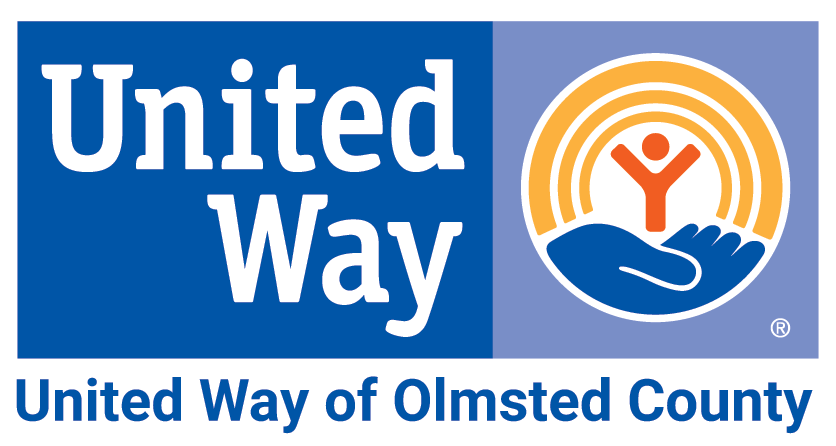.png)
Thursday, January 13
“It is hard to argue that housing is not a fundamental human need. Decent, affordable housing should be a basic right for everybody in this country. The reason is simple: without stable shelter, everything else falls apart.” - Matthew Desmond |
Housing Matters.
Housing is foundational to everything we value in our community. Providing access to safe, stable, and affordable housing is instrumental in building an equitable Minnesota for all.
Unfortunately, access to housing opportunities has never been equal in this country.
The practice that we now know as redlining has led to lasting disinvestment in historically marginalized neighborhoods. These practices were prevalent in Olmsted County, and their effects can still be seen today.
The practice of redlining began in 1934 during the Great Depression. The National Housing Act was signed by President Franklin D. Roosevelt in an attempt to revive the mortgage lending system. To assess the risk of borrowers, entire neighborhoods were graded on property condition and ethnic composition. The neighborhoods that were deemed to be lowest risk were outlined in green, and the highest risk were outlined in red, or redlined. These areas were excluded from receiving federally-backed home loans. Redlining maps were created for 239 cities across the United States, including Rochester, Minnesota. In the Color of Law, Richard Rothstein notes that “a neighborhood earned a red color if African Americans lived in it, even if it was a solid middle-class neighborhood of single-family homes.”
The Rochester, Minnesota redlining map from circa 1940 (archived on Mapping Inequality) allowed local lenders and banks to ensure certain neighborhoods stayed white and increased in value, while other areas retained and suppressed BIPOC (Black, Indigenous, and People of Color) residents and their deteriorating homes.
Redlining embodied a process that turned explicit racism into structural racism. The geography and wealth gap that these maps created largely still exists in Olmsted County today.
Today, there are clear disparities in homeownership rates between Black (22% ownership) and white households (77% ownership) in Olmsted County, according to United Way of Olmsted County’s housing continuum report from 2021.
To address racial inequities in our community, we must begin by learning about the systemic way BIPOC communities have been excluded from building wealth through homeownership.
Today’s Challenge: Do one or more of the following…
OPTION 1: Review the 2018 Point-in-Time Count to learn about the demographic breakdown of people experiencing homelessness in 20 counties in south central and southeast Minnesota including Olmsted County.
OPTION 2: Visualize the hidden histories of race and privilege in the built environment through the Mapping Prejudice Project from the University of Minnesota.
OPTION 3: Dig deeper into how the past affects race and housing in Olmsted County today through the Story Map Race and Housing in Olmsted County.
OPTION 4: Although housing is a basic need for all people, affordable housing is hard to come by in Olmsted County. Read United Way of Olmsted County’s new white paper called “Housing Continuum in Olmsted County: Current Challenges and Possible Solutions for Improvement.”
OPTION 5: Watch this 5-minute video called Exposing Housing Discrimination from the Urban Institute exposing how housing discrimination against racial and ethnic minorities occurs today.
OPTION 6: Journal on your own experiences of home and property.
- Did your parents own a home or land?
- How did they acquire it?
- If not on a reservation, how did the land transition from Indigenous stewardship to your family?
- Was the community racially integrated or segregated? How did it end up that way?
- How have property values and demographics in that community changed over time?
- How does this history of land ownership affect your economic situation?
